What was it about the Metropolis project that attracted you most?
Metropolis is a very interesting project bringing unique architecture to the downtown location. This zone is close to us at Grinity, as we have our office nearby, so from time to time we supervise the construction ‘from our window’ . Before joining the project, we familiarised ourselves with the historical features of the zone, and on the basis of that we foresaw that a number of interesting and demanding challenges would await us on this project. Another thing that appealed to us in this project was the combination of factors – interesting architecture, interesting location, and an interesting developer. From the initial negotiations with the developer, we felt that the “chemistry” between us was there and that we were looking at successful collaboration.
What was the biggest challenge for you in this project?
At the beginning, the actual ground work for the building was challenging, since we had to take into account the historical and environmental aspects of the area. Even though we were well prepared, you never know what is hiding in the ground until you actually start digging. Together with the investor and the general designer, we were looking for solutions that would be safe and at the same time financially efficient. To put it bluntly, you can, for sure, pour loads of concrete into the ground and everything will work beautifully, but on the other hand, it will not be right from the investment point of view. So it was necessary to find a solution that would be technically feasible under the given conditions and financially efficient for the investor.
Thanks in part to the Metropolis project, the downtown is now safer.
I can certainly attest to the fact that thanks to the building activity in the downtown, we see a reduced, and in some cases eliminated, environmental burden that used to exist there. Developers and investors are actively improving the safety of the entire zone at their own expense, whether it is the disposal of unexploded ordnance or the aforementioned environmental burden.
Has your company had any prior experience with the location?
In downtown, we have worked on the reconstruction project of the 1900 Powder Mill. It’s an office building, but it presented its own specific challenges, and because it was a historical building, we had to respect, among other things, historical technological practices, for example. In this we were able to rely fully on our colleagues who, thanks to their commitment, previous experience, and knowledge, helped us find solutions that preserved the historical value of the building.
If you were to compare Metropolis to other buildings, what makes this residential project stand out from the rest?
I would highlight the modern ceiling heating and cooling system, which is a superior solution in this zone. It represents a great added value in terms of user comfort, as we are all well aware of the disadvantages of traditional air conditioning and radiators.
How do you evaluate the material and technological equipment of Metropolis?
Very positively. I appreciate the fact that the developer is not economising unnecessarily, is not chasing after any cheap solutions that could represent a “catch” for this building during its future operation. And an essential factor is that the developer cares for the high quality of all elements of the building, whether we are talking about the technological equipment of the building, surface treatments, construction and facade system, ventilation, recuperation, or, not least, the windows. Based on my experience, I rate Metropolis, where the technologies and materials used are concerned, as a highly superior project.
What is your opinion regarding the choice of Takenaka as the construction company? What do you expect from this collaboration?
Takenaka is a company with nearly 400 years’ history in the field of construction, which certainly sets our expectations towards the company. We met on the Jaguar – Land Rover project in Nitra, where our company provided comprehensive project management and technical supervision for JLR, and Takenaka was one of the general contractors for the construction.
I personally collaborated with another of Takenaka’s team on the construction of office premises for an e-commerce leader, where Takenaka was the general contractor at one stage. We knew that we could expect a high-quality, erudite, experienced team from them, which would be beneficial for this project. With their correct approach, we could count on Takenaka being able to guarantee contractual arrangements.
What links Mint, Takenaka, and Grinity at Metropolis? What is important in this type of collaboration?
The project brought together a team with a common goal – to build a quality building with exceptional architecture and superior equipment in the downtown, which sets the tone for the entire course for the project. Discussions are sometimes difficult, but we have the ability to find common ground even on complex topics – and that, I think, is key. Every project is a living, dynamic process, every day there are new challenges and new circumstances you have to address. However, even difficult situations can be handled with a constructive approach.
What do you think has changed in residential development over the past 10 years?
In general, I can say that the requirements, especially for quality in the implementation part, have shifted significantly. Overall, I see a positive change in the approach of developers and construction companies towards the quality of projects and construction processes. This trend is due in part to clients who are increasingly more demanding, and since real estate is becoming more expensive, they expect more for their money. At the same time, their growing demands are the driving force for seeking solutions and for the market to progress.
How do you think this segment will develop? What will happen in the construction industry in the near future?
In my opinion, the biggest motivator for any change will be the long-term shortage of workforce or skilled trades such as masons, tilers, welders, and others. These are unattractive professions, and they are in short supply not just in Slovakia – it is a global trend. Therefore, I think that the future of the construction industry will move towards automation. There are already 3D printers for houses, or certain prefabricated elements that are used in larger constructions. Another possibility, as to how the construction industry will progress, is the prefabricated production of entire boxes or integral parts of buildings. Production, I think, will shift towards robotisation and minimisation of human labour directly on the construction site.
Mgr. Martin Tkáč
Is Senior Project Manager at Grinity s.r.o., in the organisational unit Slovakia. He has been with the company since 1 July 2016. During his time at Grinity, he has had the opportunity to collaborate on multiple investment projects in Slovakia and Austria, and even managed some of them.
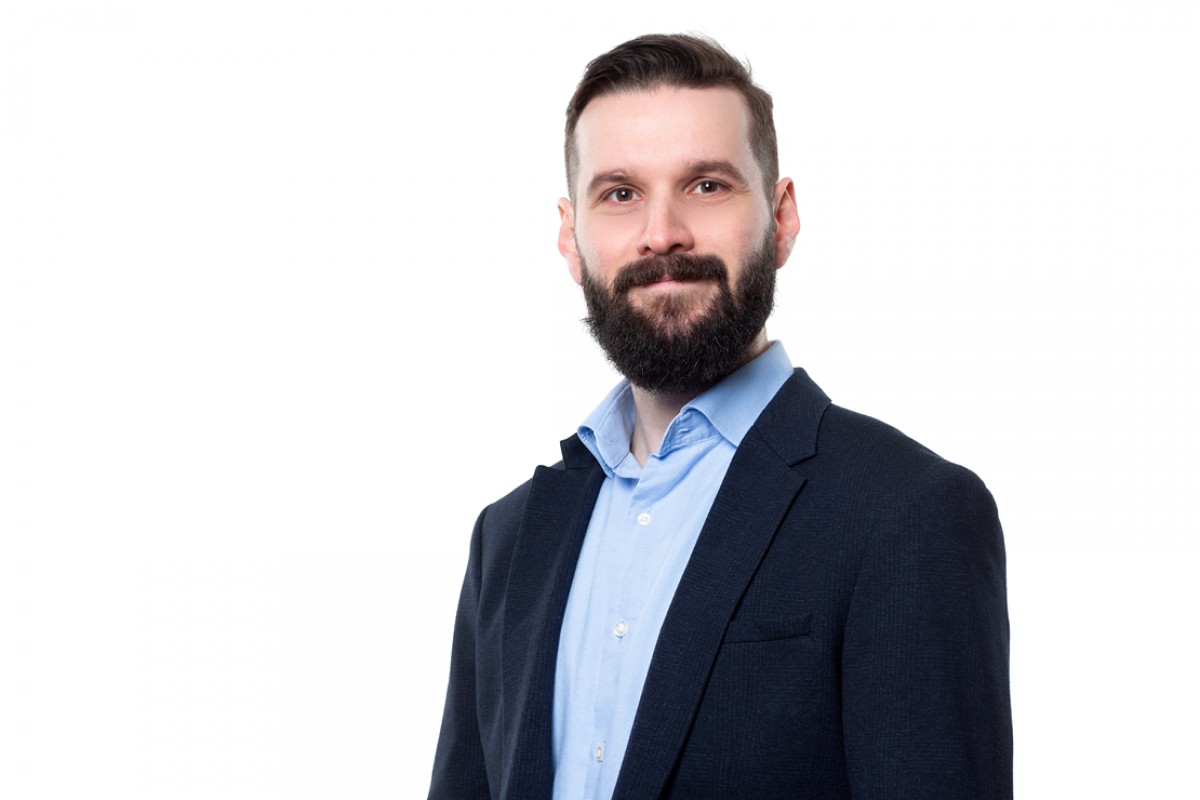
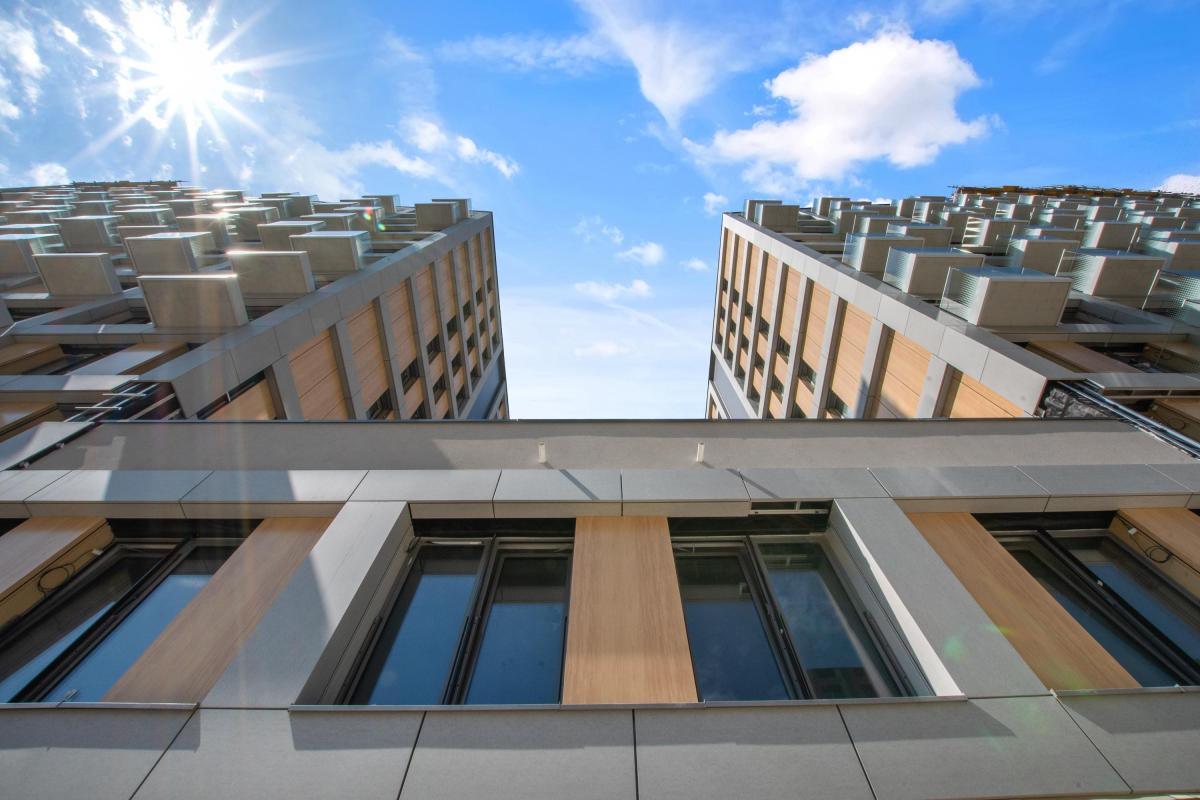 Metropolis Ventilated Façade: The Perfect Harmony of Style and Functionality
Metropolis Ventilated Façade: The Perfect Harmony of Style and Functionality
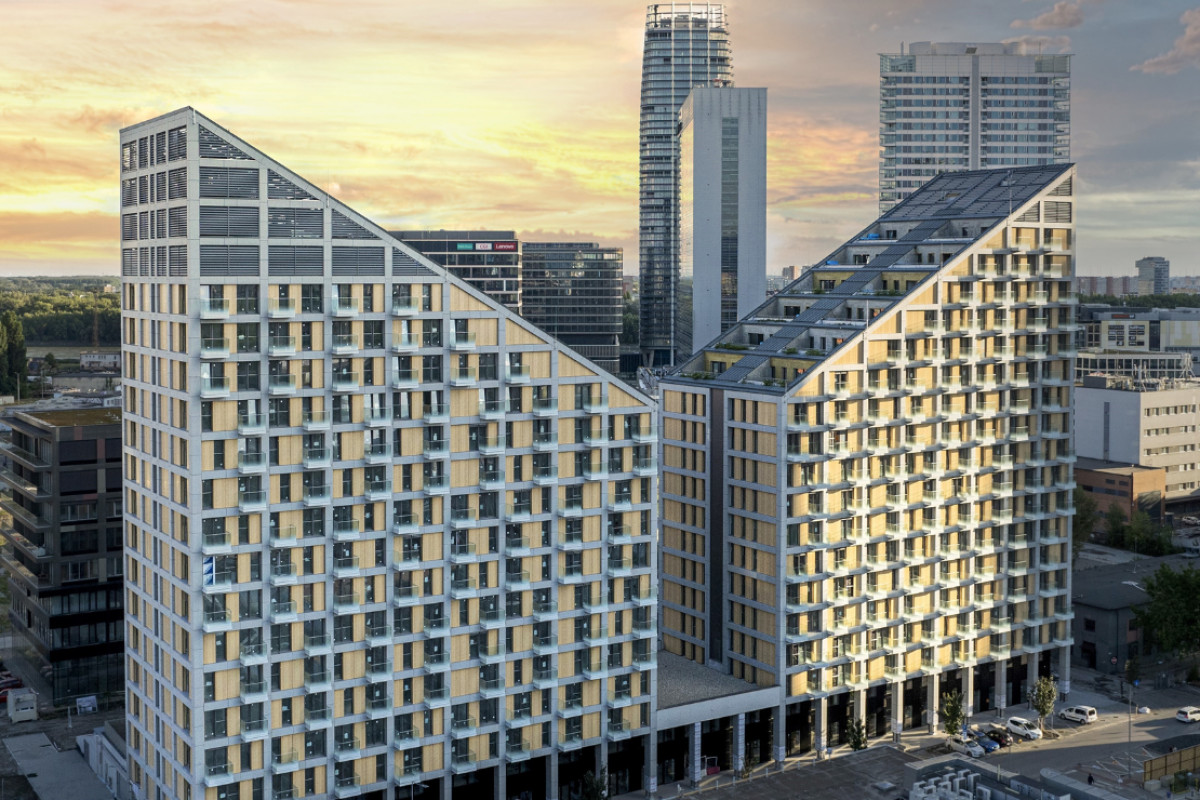 Metropolis Breaks Records: The Largest M-Shaped Building in Slovakia!
Metropolis Breaks Records: The Largest M-Shaped Building in Slovakia!
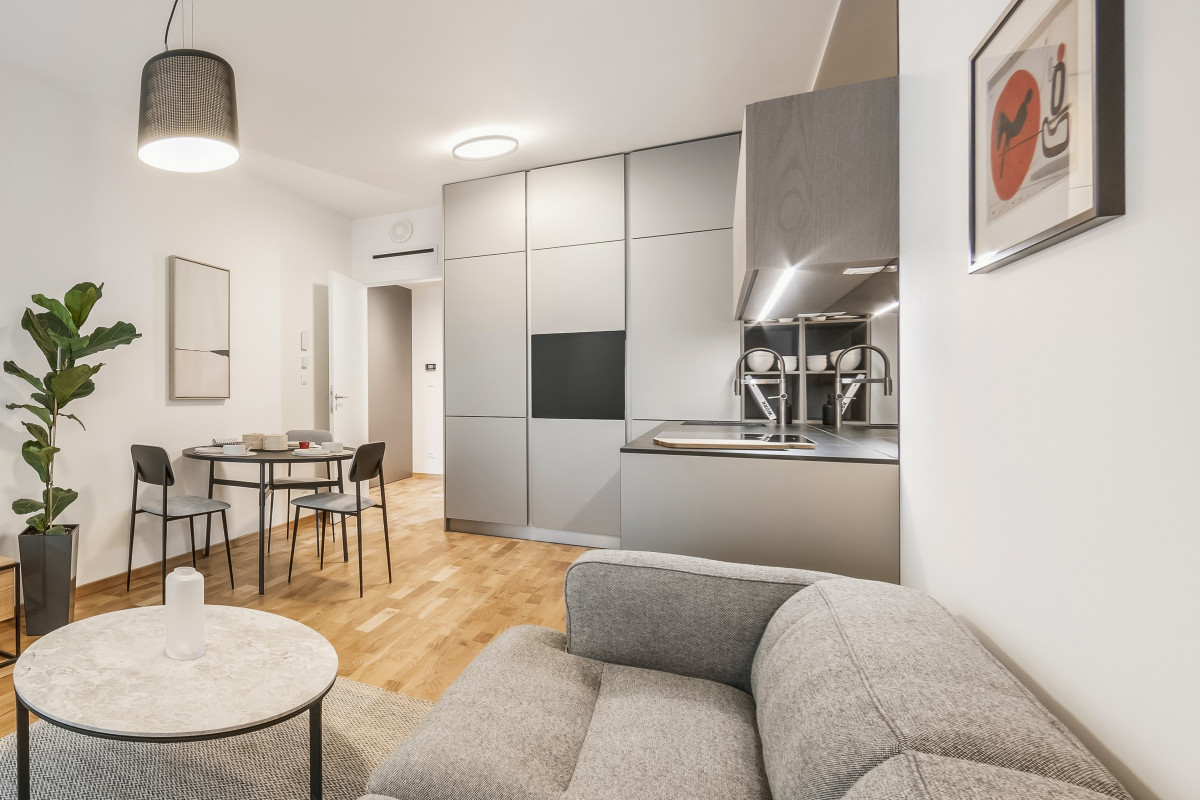 The Home of the Future: Metropolis Redefines Living in the Heart of the Capital
The Home of the Future: Metropolis Redefines Living in the Heart of the Capital
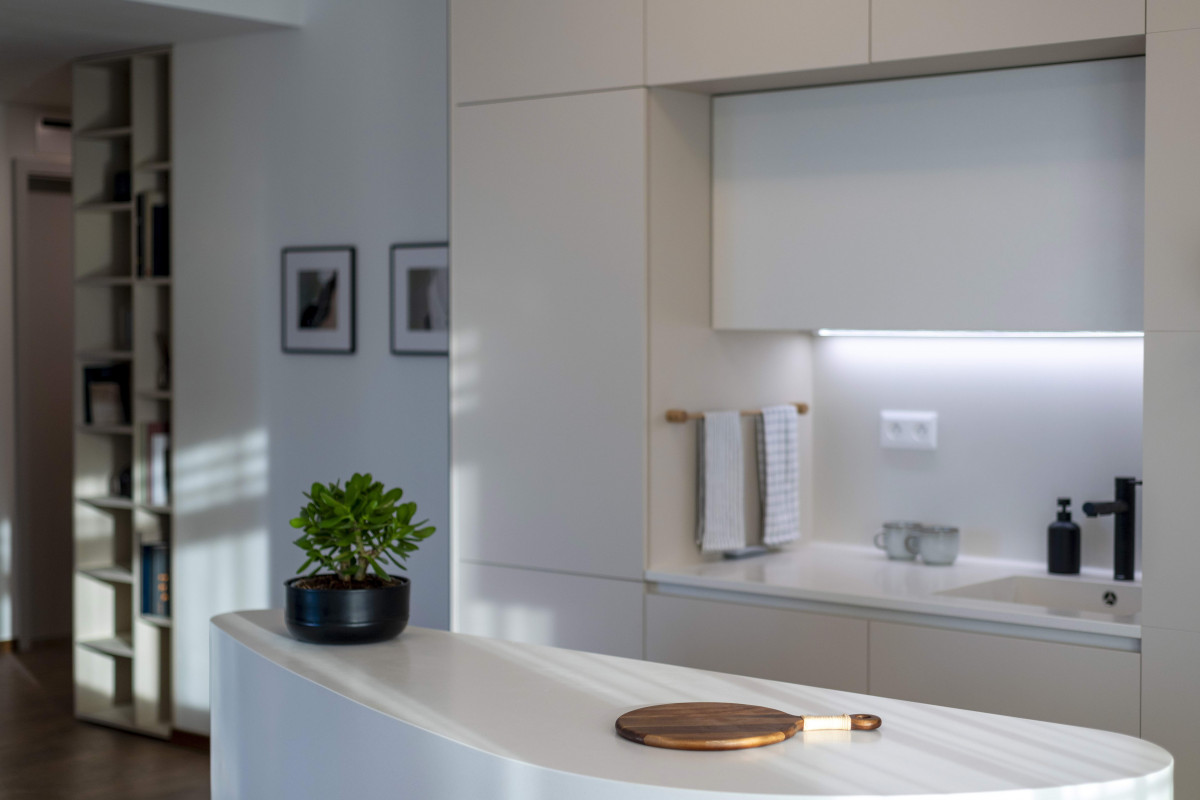 Luxury Living in the Heart of the Downtown: Metropolis is Near Completion and Shows Its First Apartments
Luxury Living in the Heart of the Downtown: Metropolis is Near Completion and Shows Its First Apartments
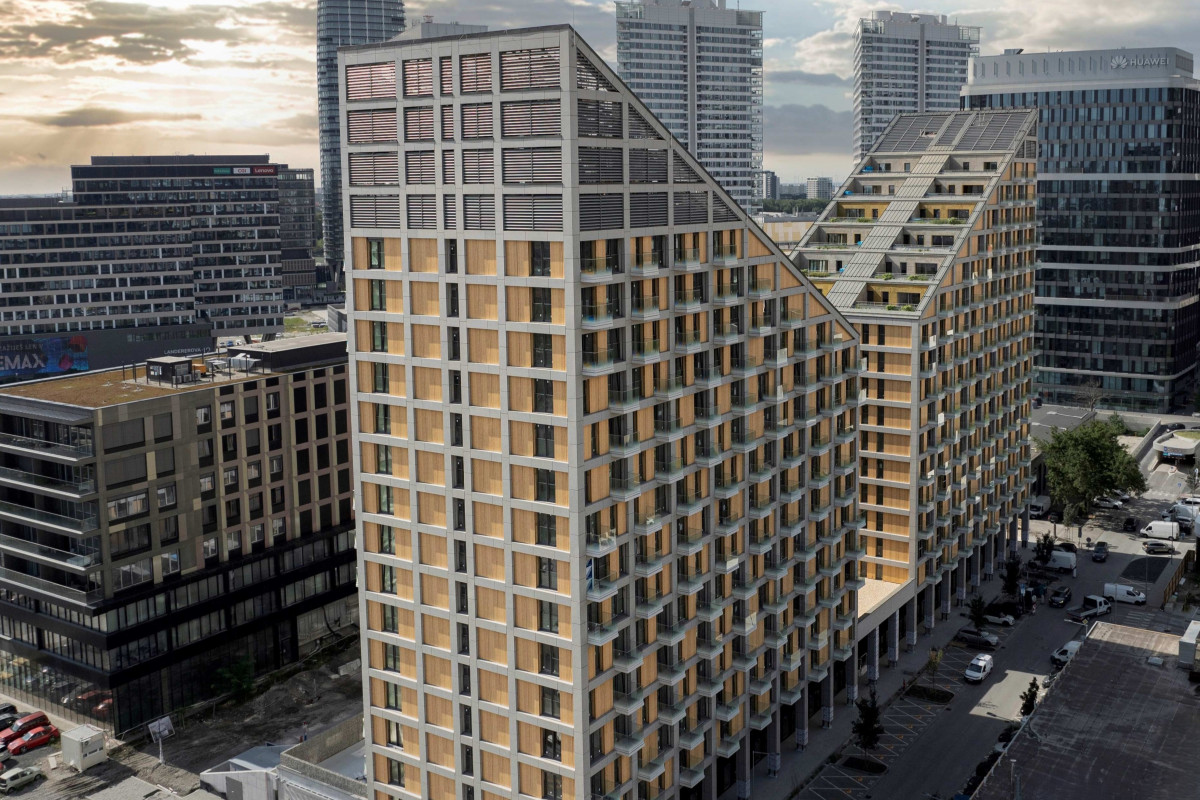 This is a lucrative Location for Your Successful Business
This is a lucrative Location for Your Successful Business
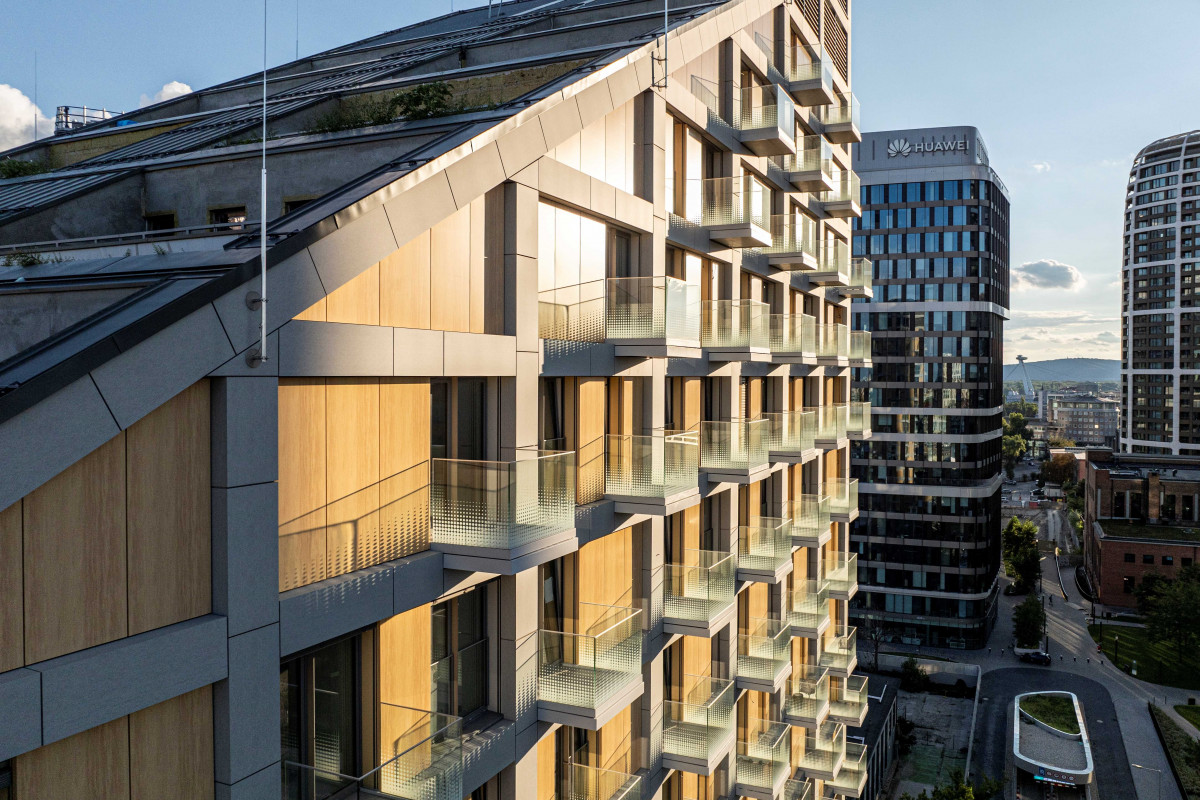 Metropolis has met the highest standards of modern urban living
Metropolis has met the highest standards of modern urban living
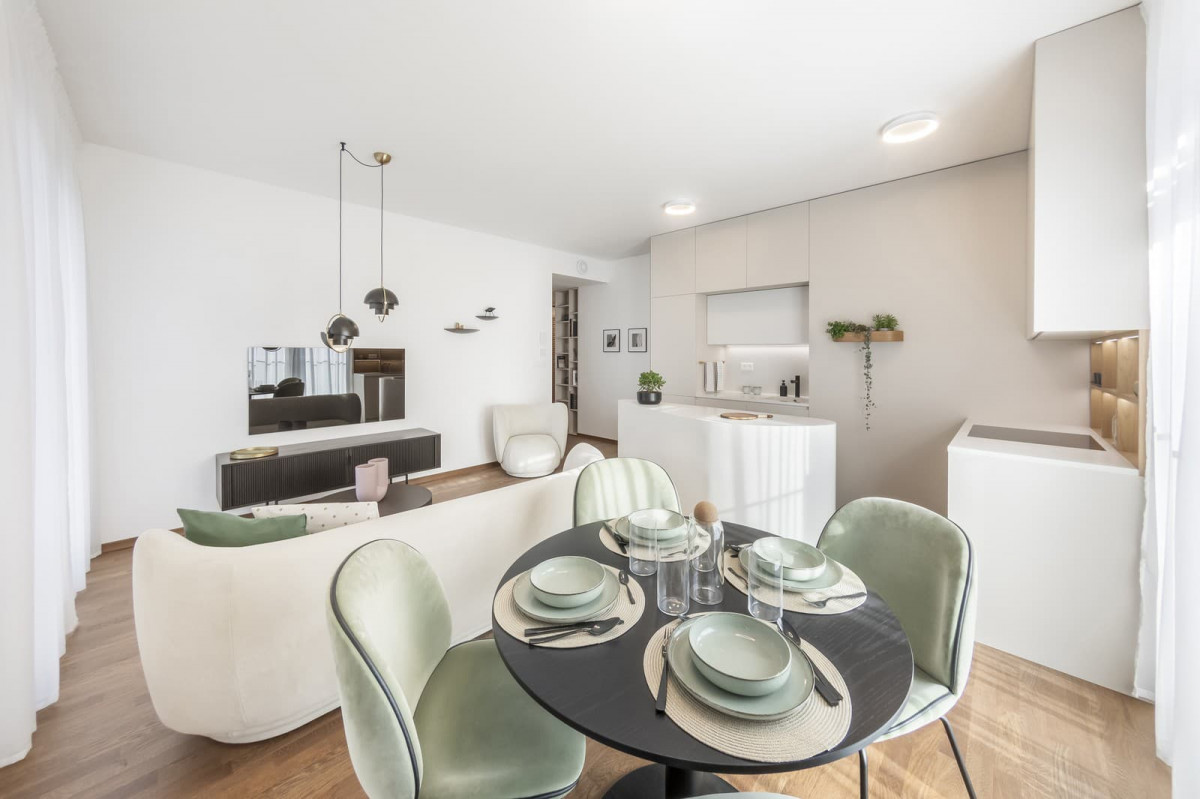 New Trend in Bratislava and Surrounding Areas: People Are Selling Houses and Moving to the New City Center
New Trend in Bratislava and Surrounding Areas: People Are Selling Houses and Moving to the New City Center
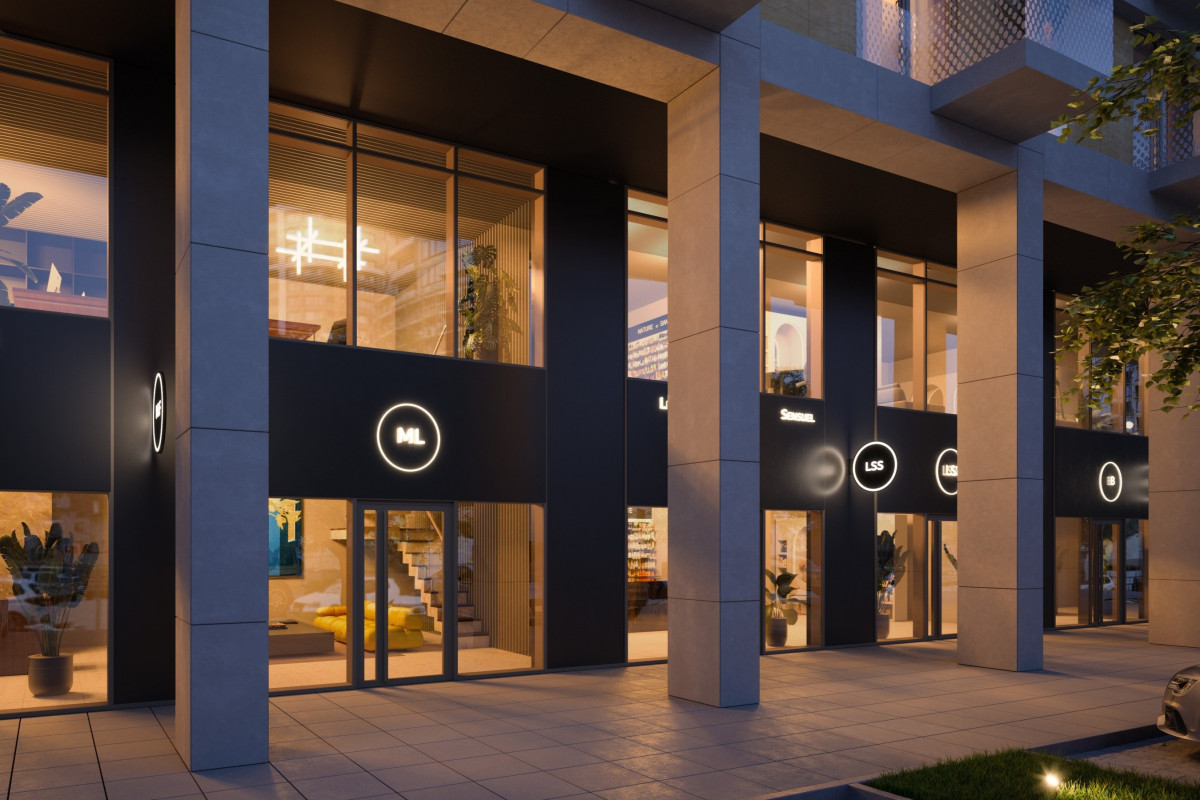 Commercial Spaces in Bratislava? Build Your Successful Business at This Address
Commercial Spaces in Bratislava? Build Your Successful Business at This Address